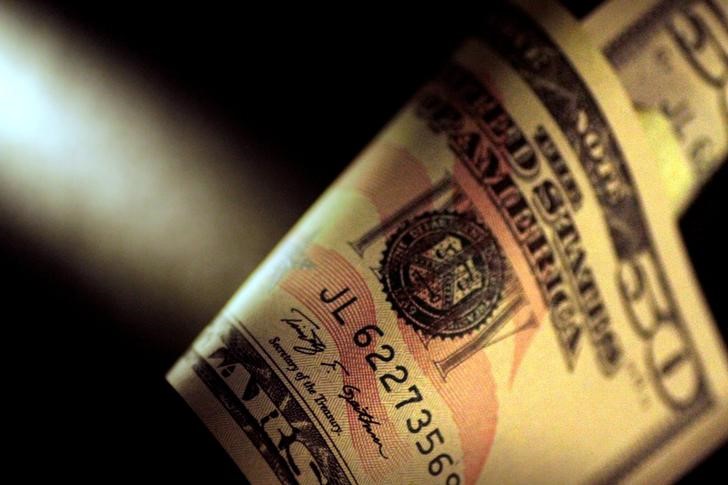Asia FX muted as dollar firms amid commodity rout, political uncertainty
Most Asian currencies moved in a flat-to-low range on Wednesday, while the dollar firmed as a rout in commodity prices and persistent uncertainty over the U.S. presidential race kept traders biased towards the greenback.
The Japanese yen was an exception, gaining further ground against the dollar as a mix of short covering and positive economic data helped the currency reach its strongest levels in over a month.
Commodity-linked currencies like the Australian dollar and the New Zealand dollar fell sharply on a decline in prices, with concerns over an economic slowdown in top commodity importer China showing little signs of improving. Yen firm with BOJ rate hike in focus
The Japanese yen was the best performer in Asia, with the USDJPY pair falling 0.3% to 155.10 yen, its lowest level since early-June.
The yen’s gains came as an extension of a recovery from last week, where the currency strengthened sharply amid suspected currency market intervention by the government.
But the sharp strengthening in the yen was seen pressuring shore positions against the currency, which in turn sparked covering of short positions, furthering gains in the currency.
Some positive purchasing managers index data also benefited the yen, as an unexpected contraction in manufacturing activity was largely offset by a rebound in services activity .
Focus is now squarely on a Bank of Japan meeting next week, with recent inflation and PMI readings sparking increased speculation the central bank will raise interest rates by 10 basis points. Dollar extends recovery amid Fed watch, political uncertainty
The dollar index and dollar index futures both rose slightly in Asian trade, extending an overnight rebound as souring sentiment towards China and uncertainty over the U.S. presidential race drove up safe haven demand.
Vice President Kamala Harris was seen garnering strong support from the Democratic party after her endorsement as its presidential nominee by President Joe Biden. A Reuters/Ipsos poll also showed her slightly ahead of Republican nominee Donald Trump.
Traders were biased towards the dollar in anticipation of a Federal Reserve meeting next week, where the central bank is widely expected to keep rates steady. But markets will be watching for any signals that the bank will begin trimming rates from September. Commodity-linked currencies sink amid China woes
The Australian dollar and New Zealand dollar, which are both tied to commodity prices and China’s economic prospects, were the worst performers in Asia on Wednesday. The AUDUSD pair fell 0.3%, while NZDUSD slid 0.5%.
The Aussie was also pressured by weak PMI data for July.
The Chinese yuan’s USDCNY pair remained close to highs last seen in November, as sentiment towards China remained dour amid persistent concerns over slowing economic growth in the country.
Concerns over China sparked deep losses in commodity prices, specifically oil and metal.
Broader Asian currencies were also on the backfoot. The South Korean won’s USDKRW pair and the Singapore dollar’s USDSGD were both flat.
The Indian rupee’s USDINR pair remained close to record highs above 83.7 rupees, taking little support from a Union Budget aimed at addressing India’s large fiscal deficit.
Source: Investing.com
